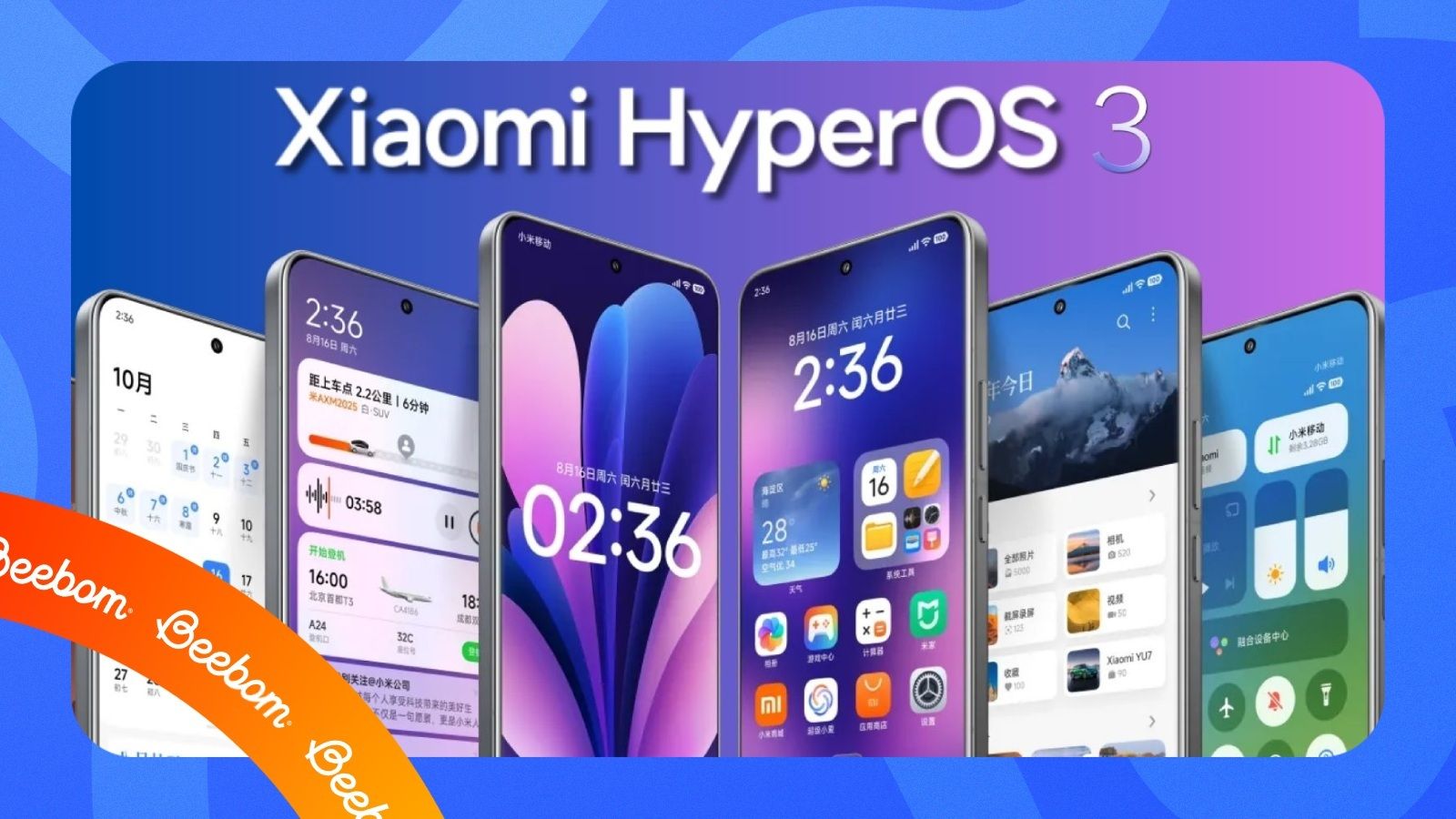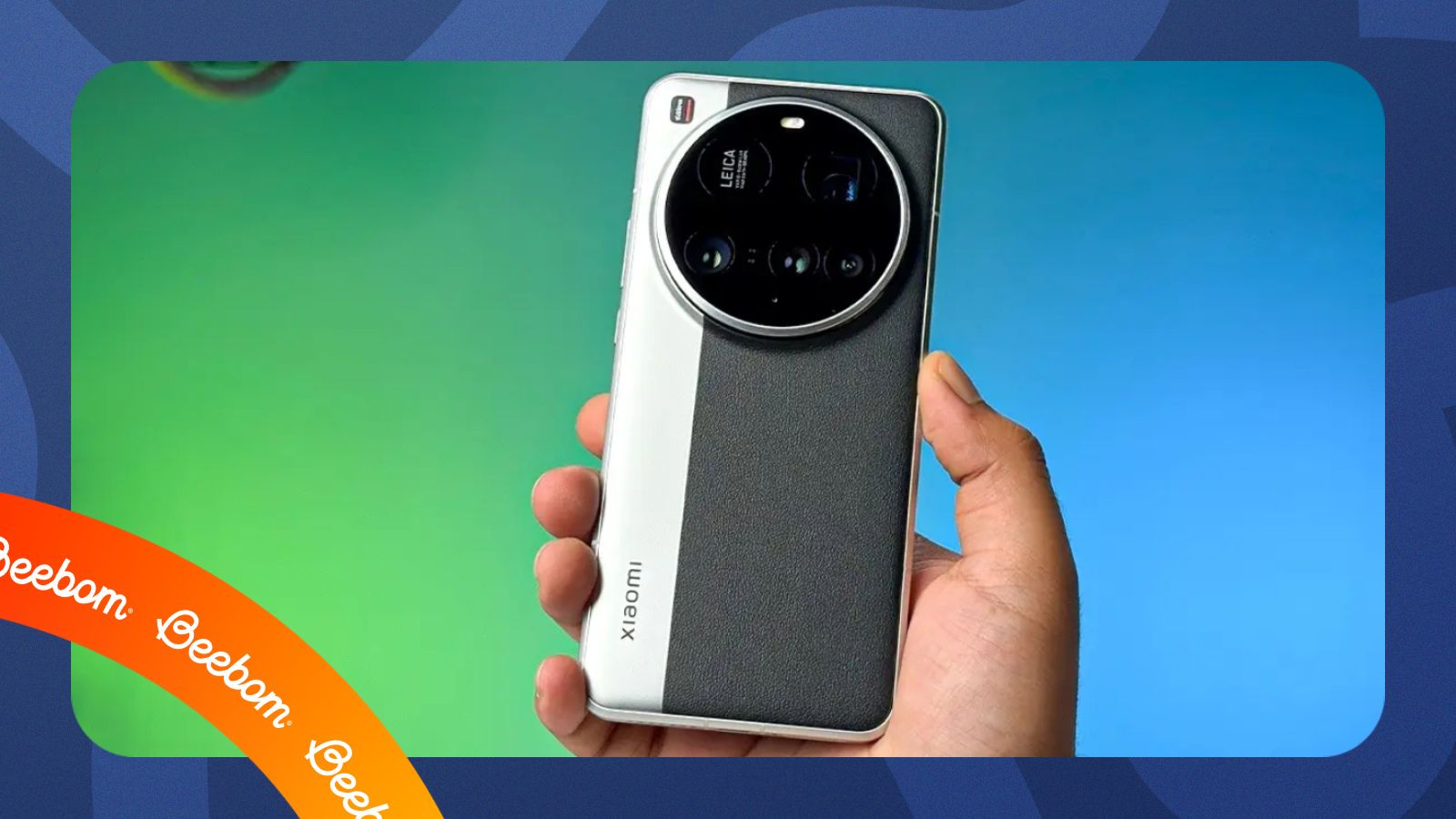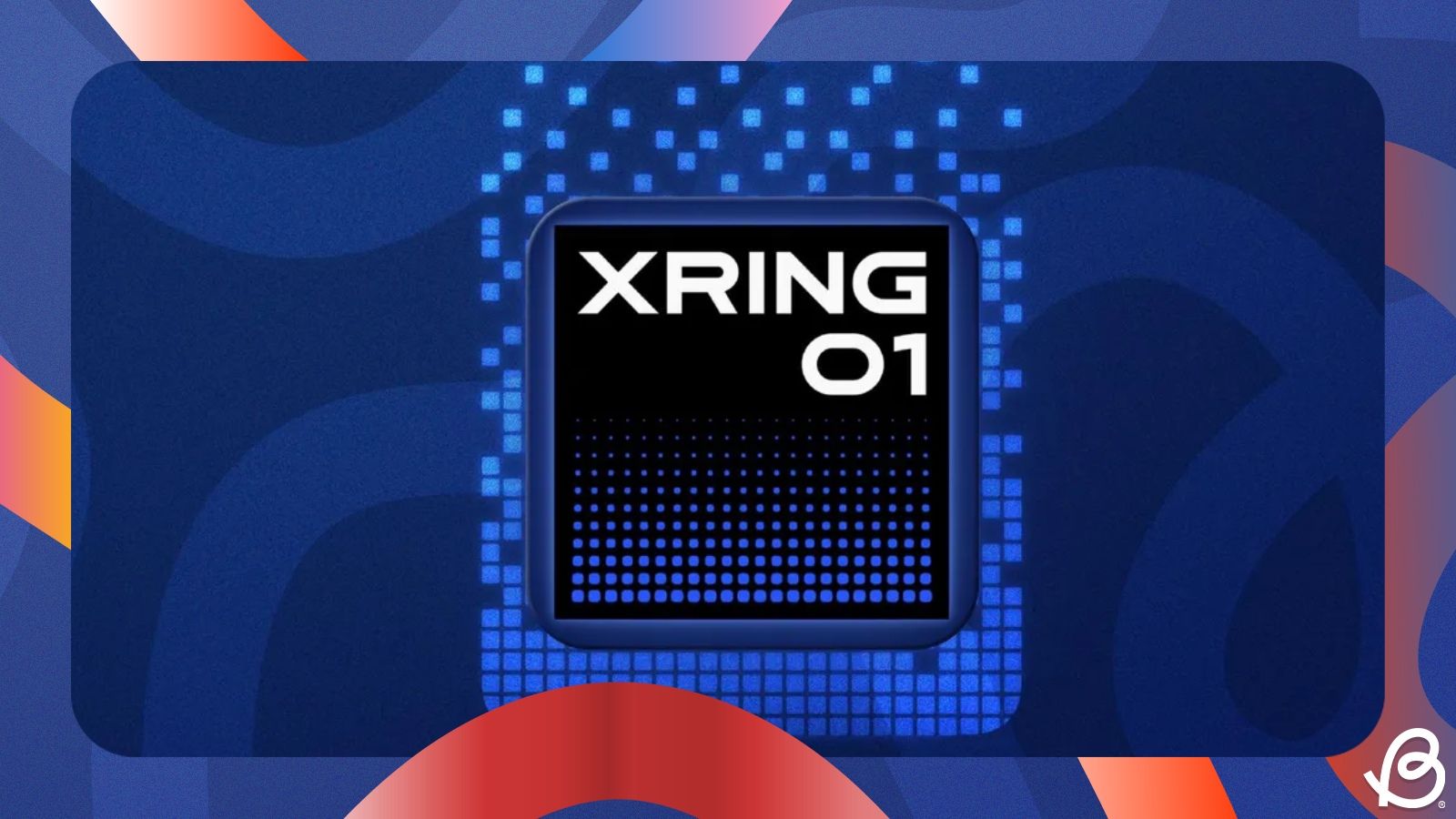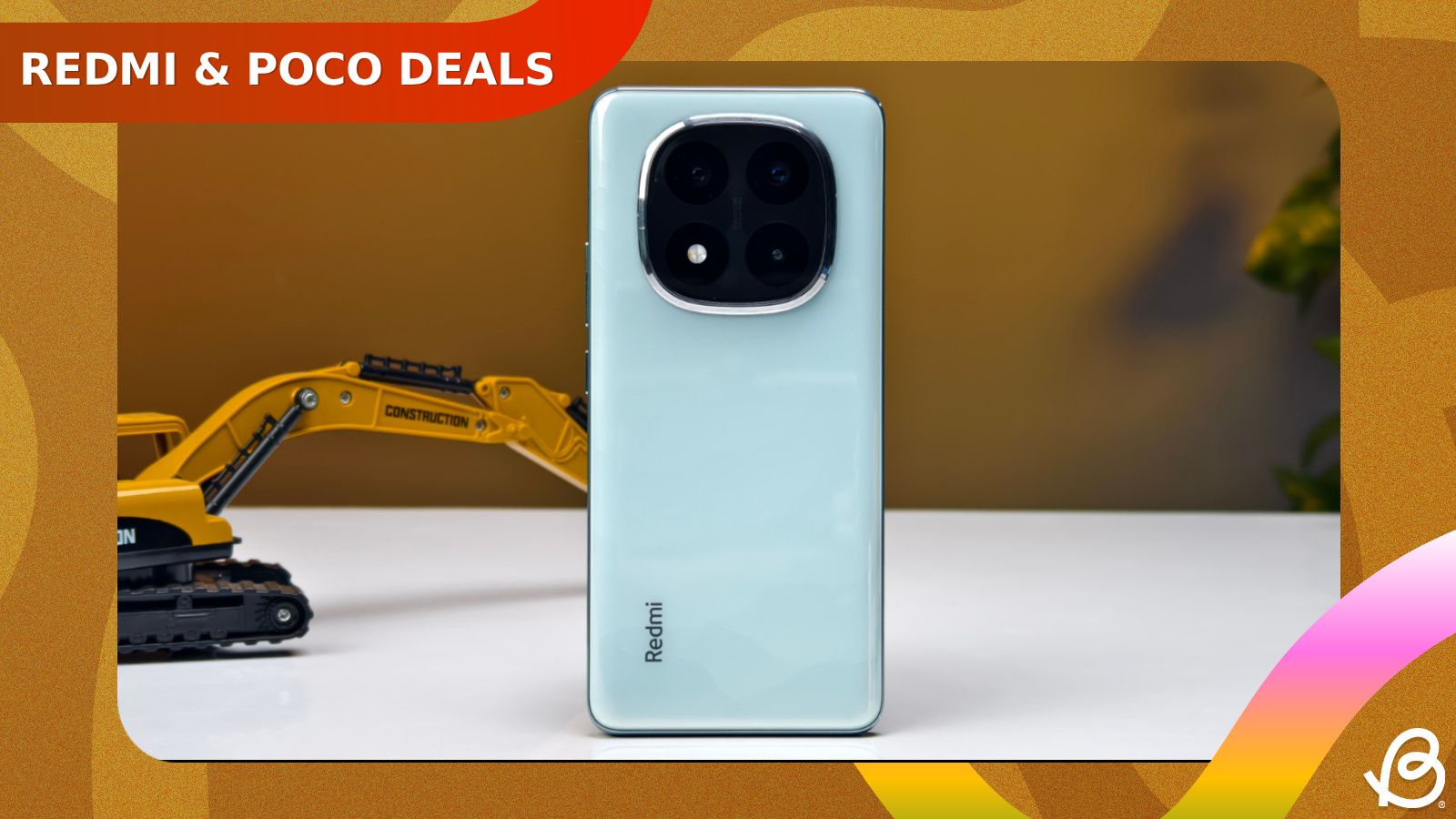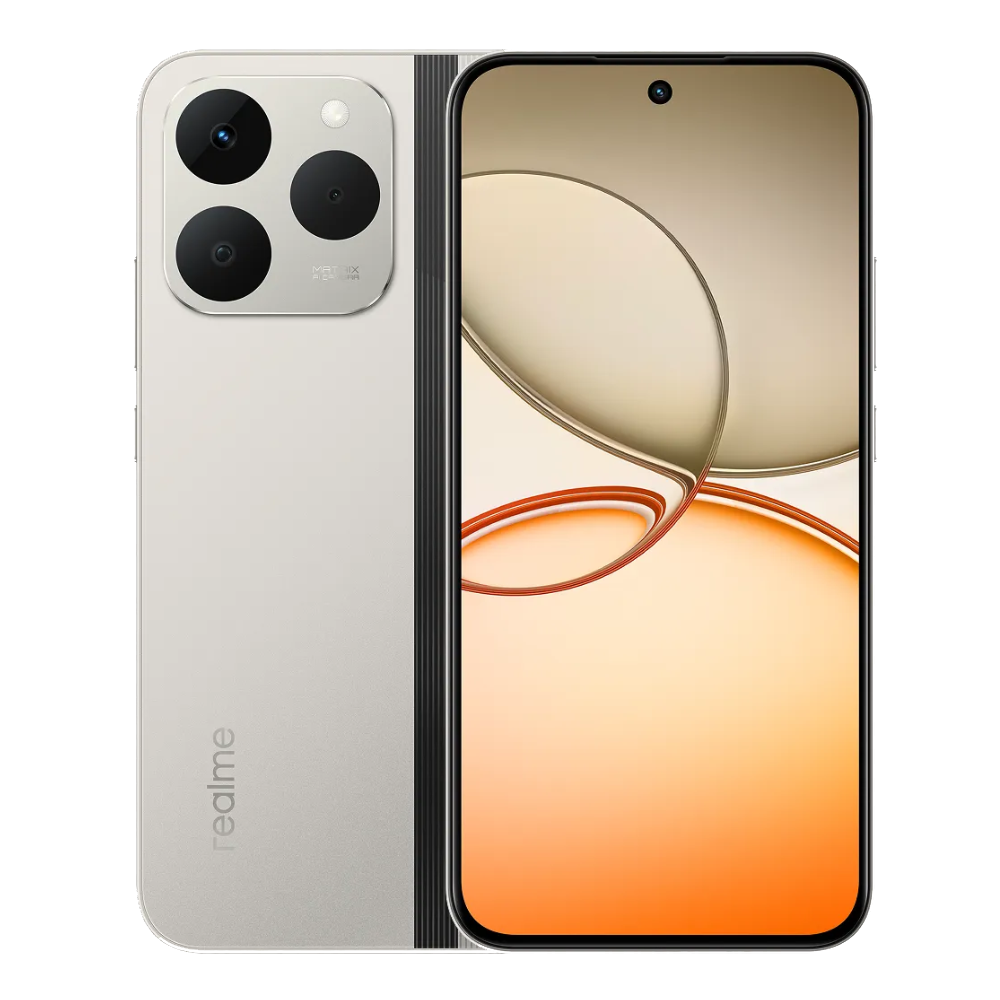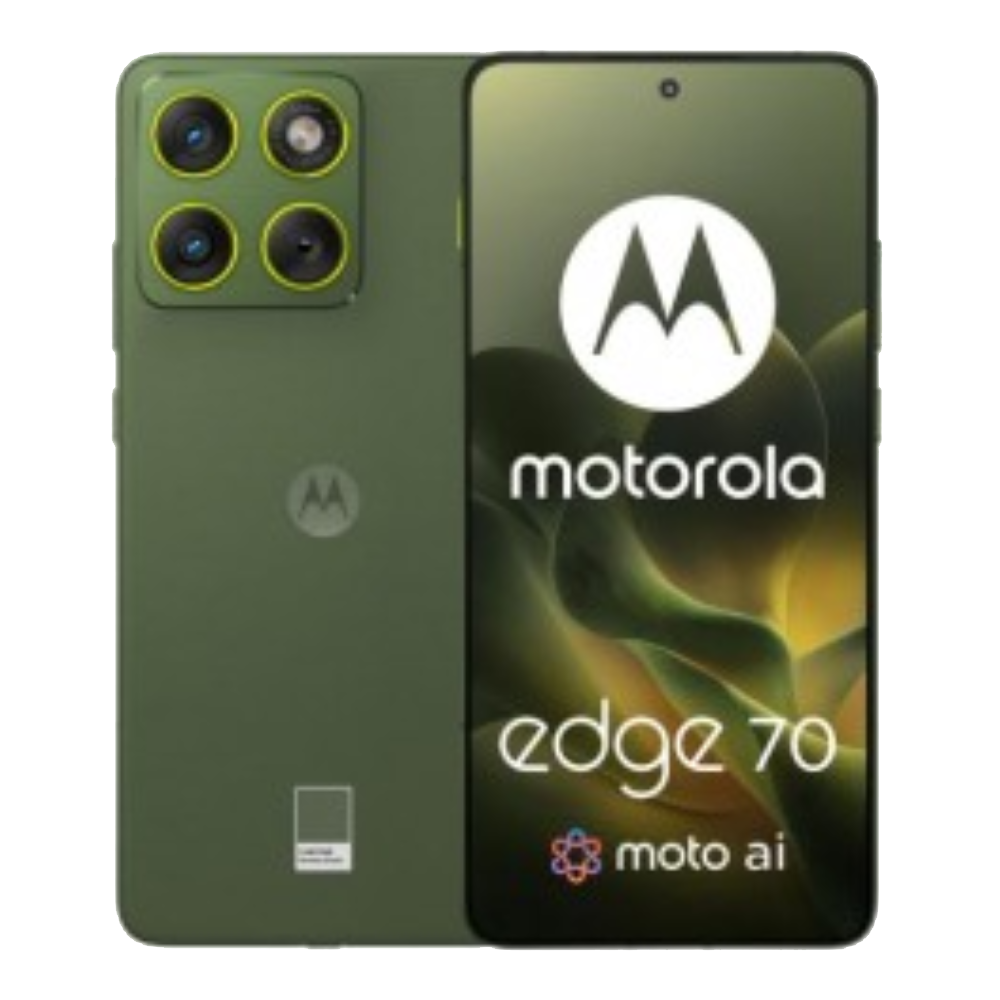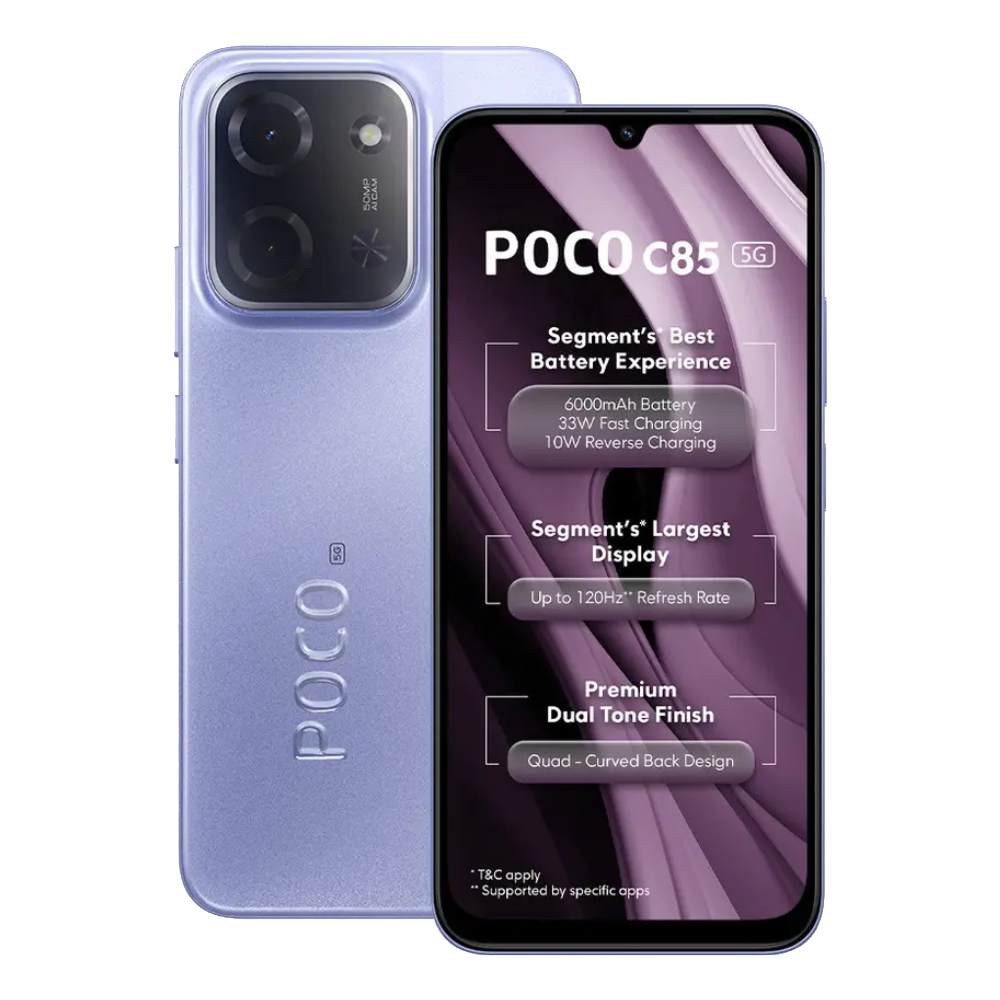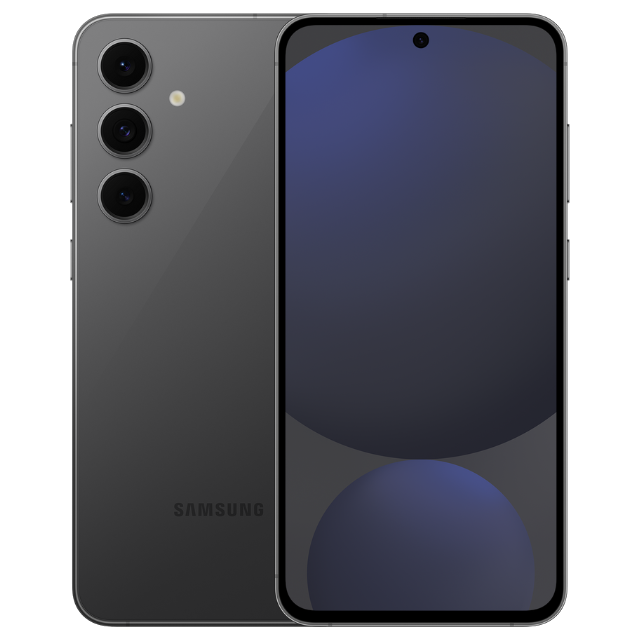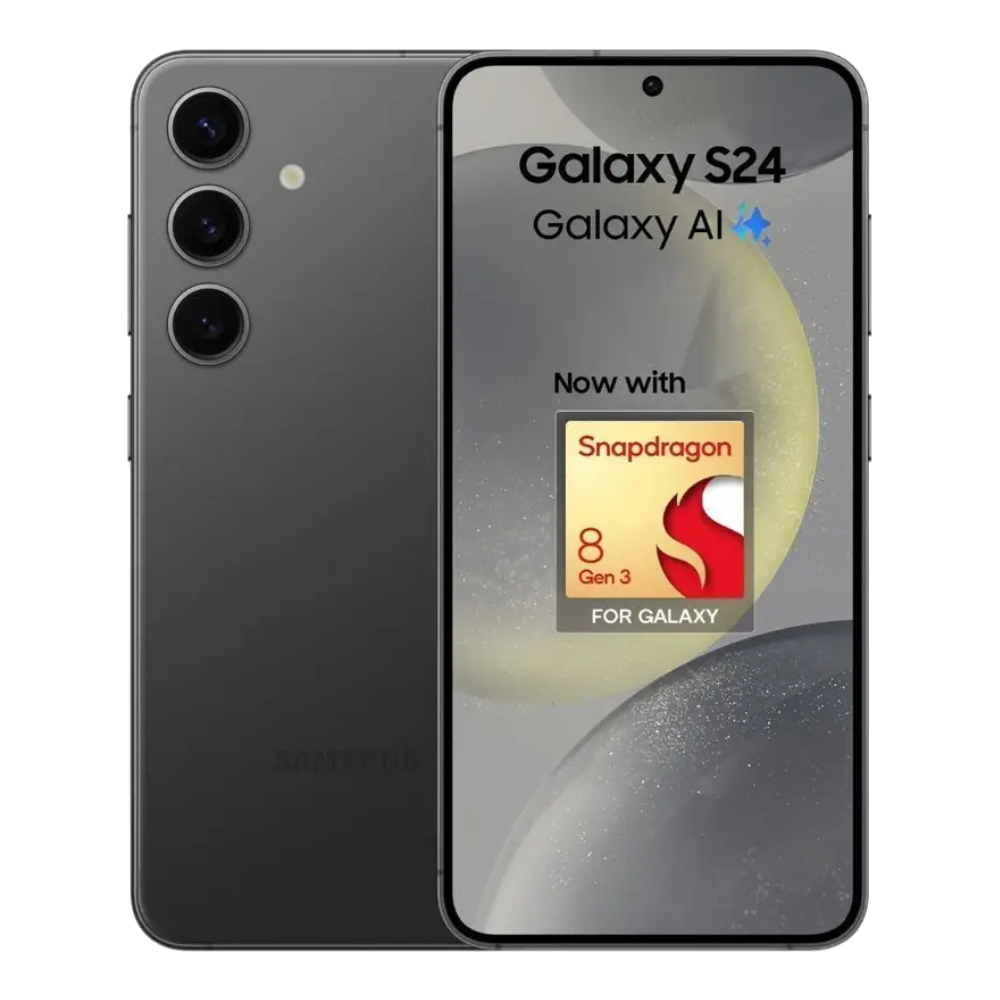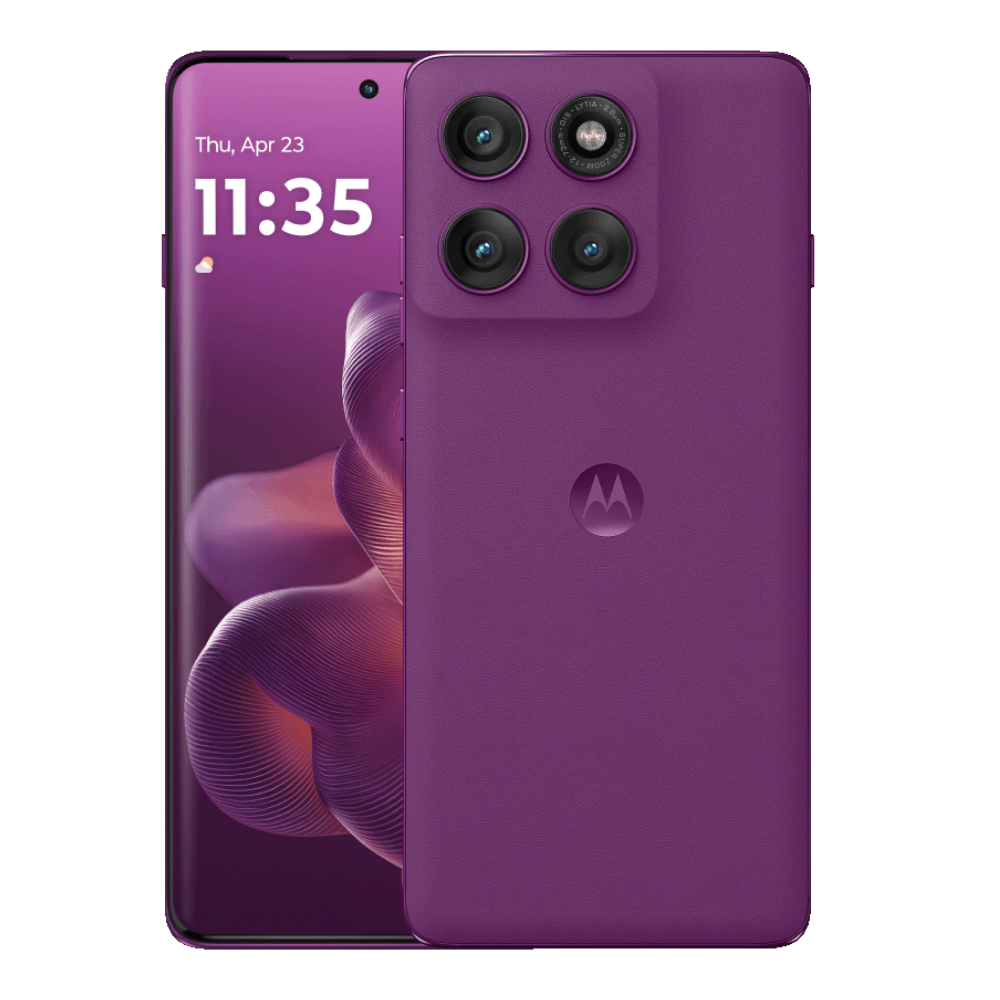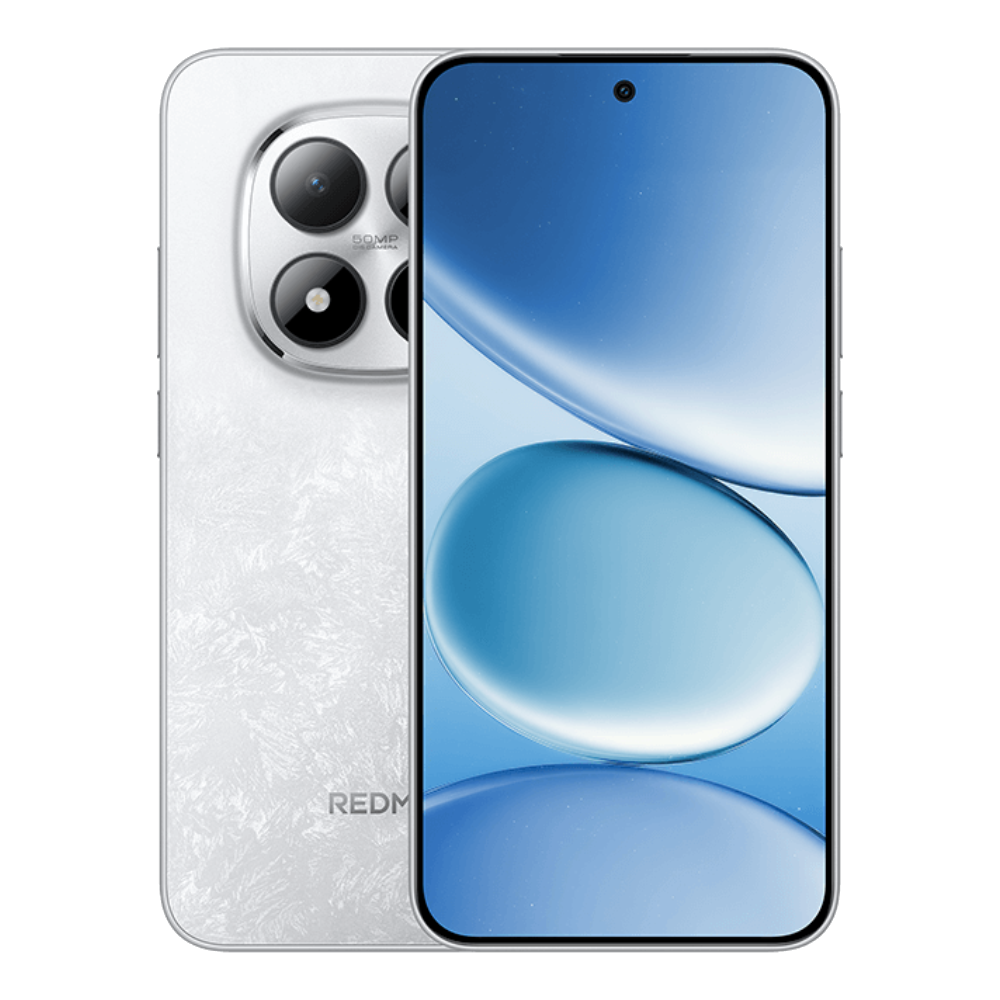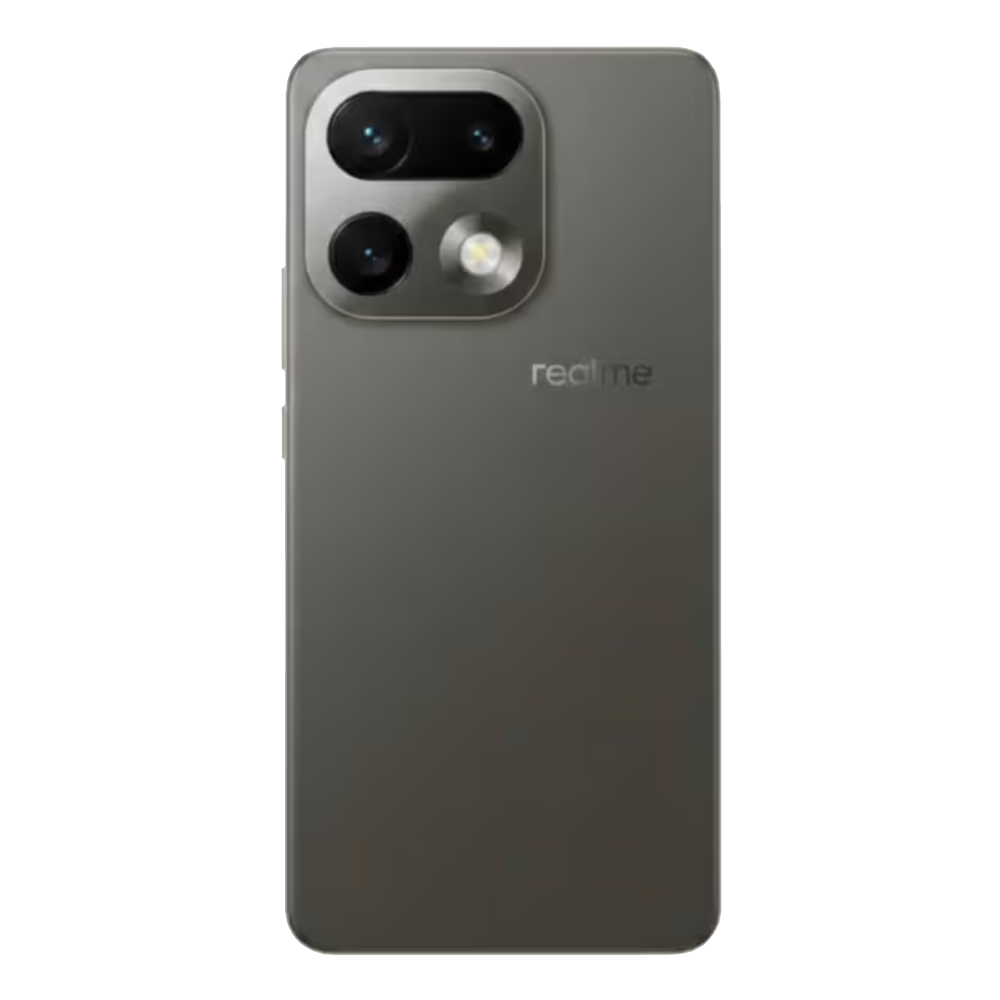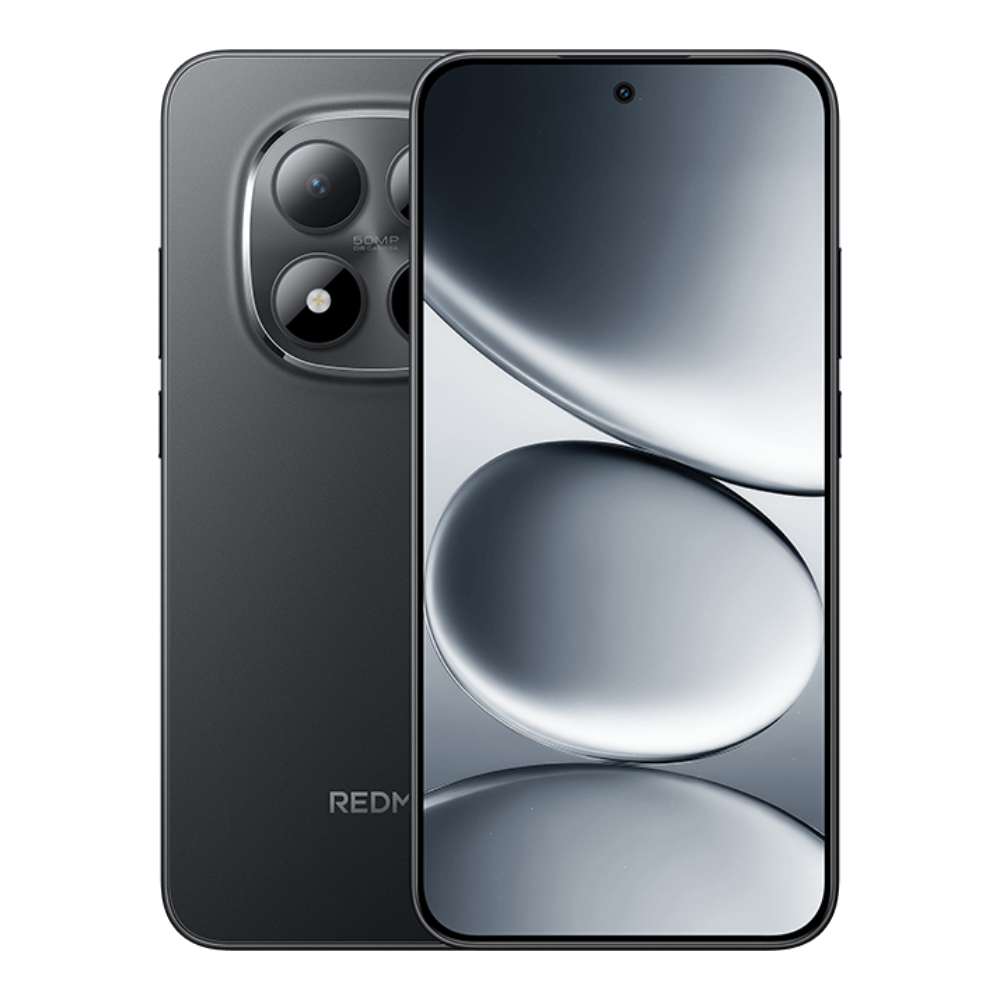Xiaomi has announced HyperOS 3, its next major software update, based on Android 16. The brand has unveiled new features and upgrades, along with a list of eligible devices, with rollout scheduled to begin soon. Here are all the HyperOS 3 features coming to supported Xiaomi, Redmi and Poco devices.
1
Updated design and iconography
1
Starting with the home screen, HyperOS 3 icons appear more 3D and slightly higher in contrast. The bottom bar has also been updated with clearer and easier-to-read icons. Regular users won't see that big of a difference.
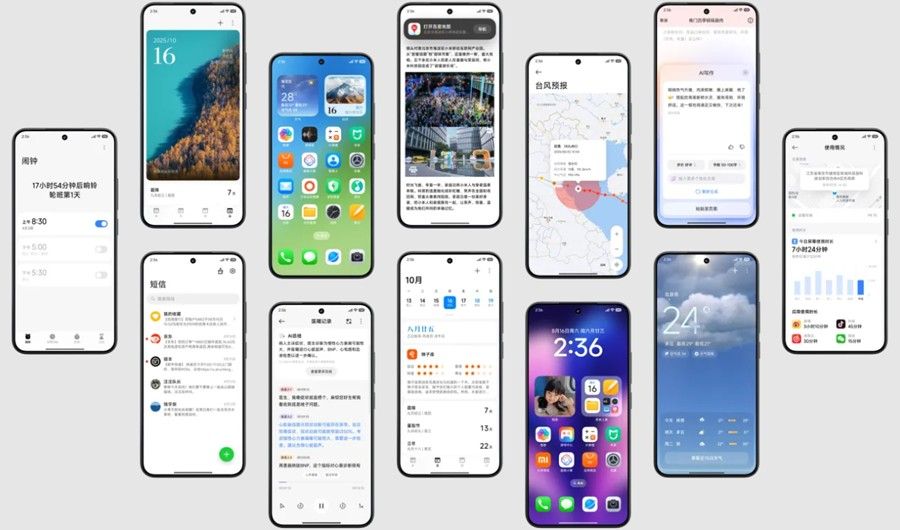
Xiaomi has also updated the status bar icons, at last, in HyperOS 3. The company's approach is similar to Material 3 Expressive in stock Android, featuring the battery percentage inside the battery icon and slightly more spaced-out elements.
The home screen layout has been slightly improved to be more uniform with tighter gaps between the widgets, which should give HyperOS 3 a consistent and polished look.
2
New Lockscreen customisations
2
Following the immersive lockscreen UI trend, HyperOS 3 brings new lockscreen customisations and effects, along with smoother unlock animations. You can add movement to still pictures, followed by adding Cinematic Depth to the lock screen clock. This is similar to the new Spatial Scene feature in iOS 26, which brings a 3D effect to lock screen wallpapers.

Xiaomi is calling this feature "Movie lock screen," as per our translation from Chinese to English. The feature will help add AI styles to pictures, allowing you to Ghibli-fy your images, add a dreamscape effect or Disney-fy them. Besides, if you are not one to spend time on such creative endeavours, you can also choose from a library of custom lock screens made and shared by the community.

Lastly, HyperOS 3 now lets users move the lock screen to the centre as well. This is in addition to the host of clock fonts, all of which are capable of adapting to the subjects in your wallpapers. Much like OxygenOS or iOS, users will find these options in a single menu under the Wallpaper customisation section.
3
Xiaomi Super Island in HyperOS 3
3
One of the best Android 16 features is Live updates, and Xiaomi is leveraging the same in HyperOS 3 using Xiaomi Super Island. The implementation is painfully similar to Dynamic Island on iPhones, with the feature capable of showing up to three live activities at once.
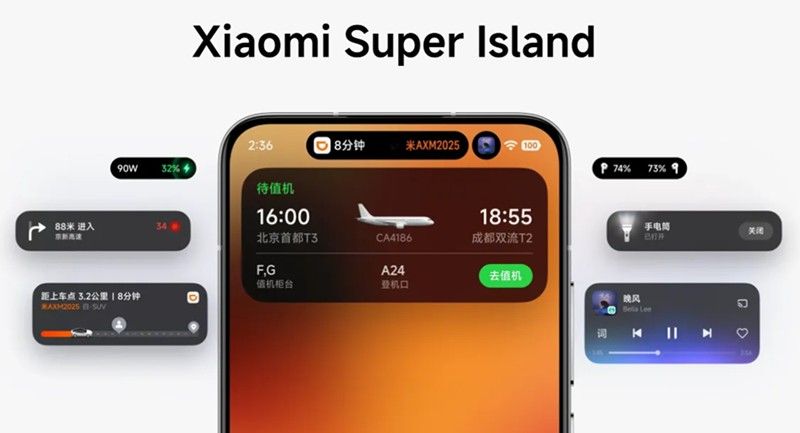
You will see a Super Island around the selfie camera. You can then swipe down on the pill to access the feature and open a floating window for the current activity. Apart from the floating window, you will see two more activities, one as a pill and the other as a circular icon next to it. These can be cycled between with ease, and dragging them to the centre of the display opens the app.
Moreover, HyperOS 3 will also let you share effortlessly by dragging and dropping content directly from the Super Island to an app. Xiaomi claims that more than 70 apps are currently supported, with support for more popular apps coming soon.
4
NameDrop-like Tap to Share
4
HyperOS 3 brings a NameDrop-like feature, but for seamless sharing of photos, videos, and even Wi-Fi passwords. The company claims that media can be transferred losslessly at high speeds. It includes support for both Xiaomi devices and iPhones, bridging the ecosystem gap.
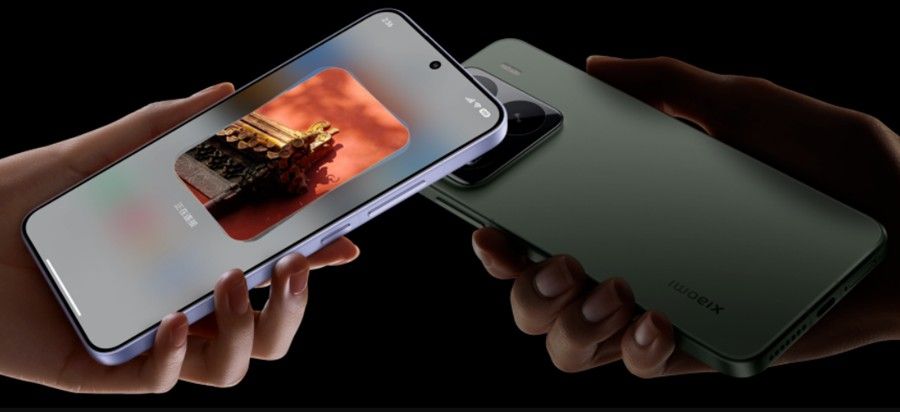
It's worth noting that the feature was demoed for a brief moment on stage and working with the default Gallery app on HyperOS 3, which gets its own host of improvements (more about it later). While Xiaomi didn't delve into the specifics, we assume it uses NFC to establish the connection.
5
Cross-device conntectivity features
5
Speaking of bridging the ecosystem gap, Xiaomi announced a host of features that could help users who are hopelessly stuck between the two ecosystems - Android and Apple Mac. With HyperOS 3, Xiaomi is releasing a dedicated desktop app that works on both macOS and iPad OS, facilitating all the ecosystem features introduced by the brand.
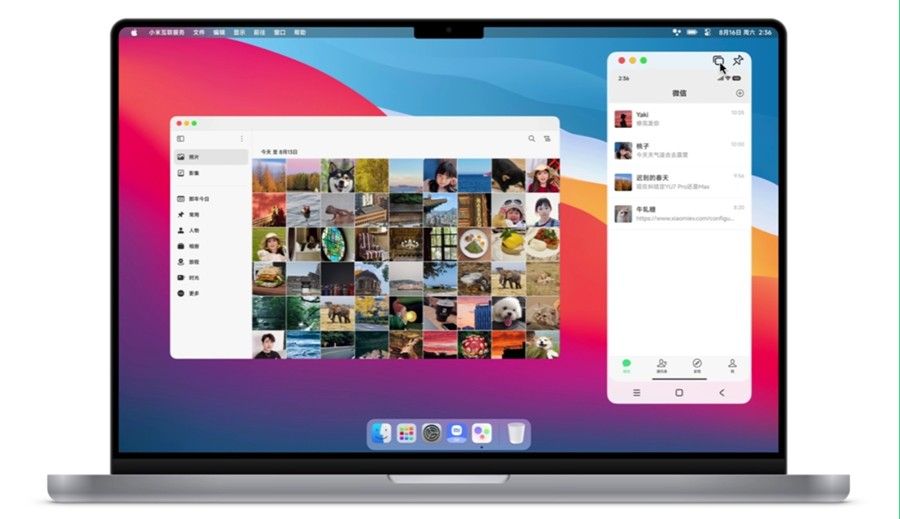
For starters, HyperOS 3 allows Android apps to run seamlessly on macOS, followed by the ability to unlock a Xiaomi phone using the MacBook's Touch ID. Besides, much like Apple's continuity features, HyperOS 3 will let users open multiple app windows.
Lastly, Xiaomi is also bringing interoperability to cloud photos, where users won't need to switch between their phone and computer to view images.
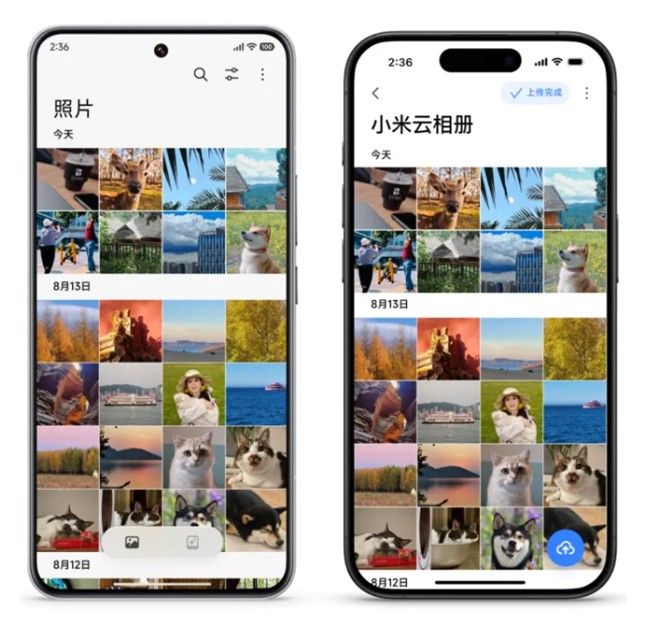
This is followed by the ability to mirror messages received on Xiaomi devices on iPhone, instant hotspot, Xiaomi find phone and the ability to use a Xiaomi tablet as a second screen for a MacBook.
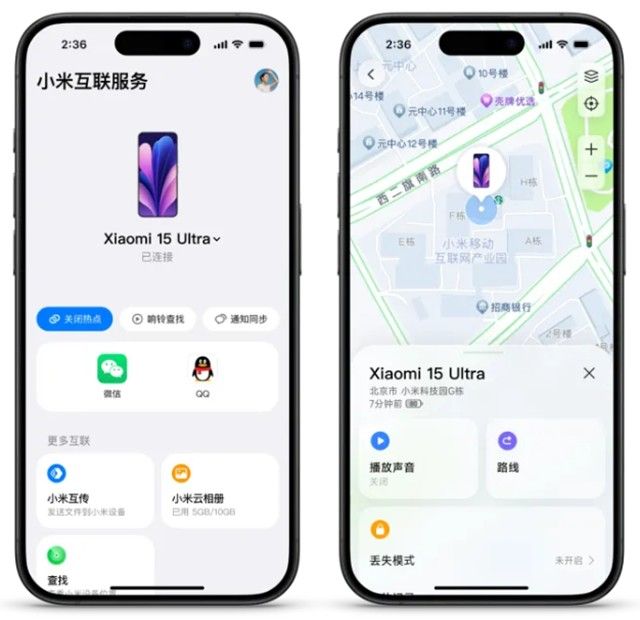
6
Updated system apps and features
6
While Xiaomi is improving app experience in HyperOS 3 across multiple system apps, its Gallery app is receiving the most love out of all. For starters, it will now allow users to easily find photos based on their search habits. It brings photo view and photo sorting to switch between layouts arranged by date and continuous tiling.
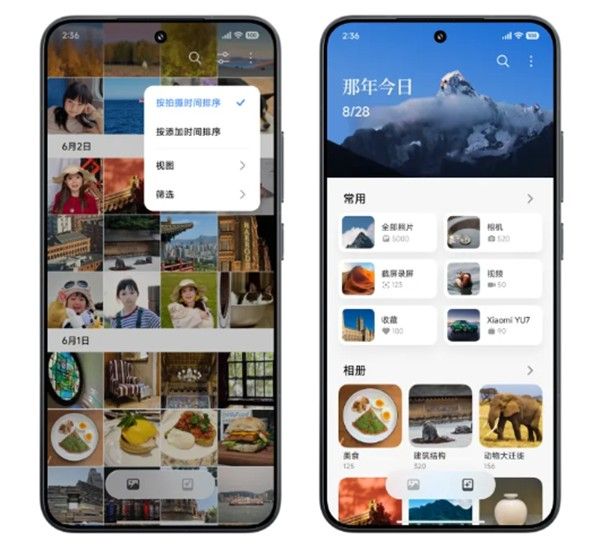
The image search capabilities are being improved, thanks to AI upgrades. The image search in the app has been optimised for more than 30,000 keywords and 10 categories for quicker search results.
Xiaomi has also incorporated an algorithm that makes it easier to search for pet photos. Similarly to face recognition, the brand is using pet body features to aggregate their photos.
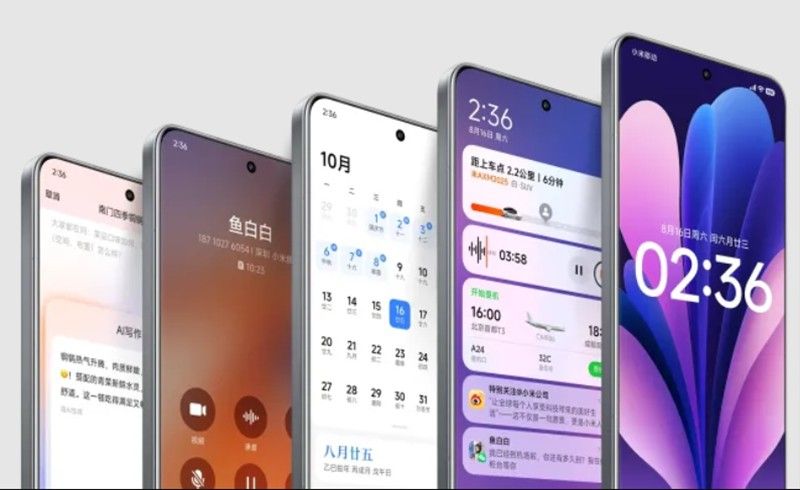
Besides, HyperOS 3 also features design improvements across apps like Calendar, Xiaomi Shelf, Voice recorder, Weather, Clock and a few of its apps that are China-exclusive.
7
All new AI features in HyperOS 3
7
With HyperOS 3, Xiaomi is also upgrading its in-house Xiaoai to be faster and better at suggestions. The new Circle Screen feature, powered by Xiao AI, is similar to Google's Circle to Search. Using this feature, you can circle a part of the screen to get answers related to it.
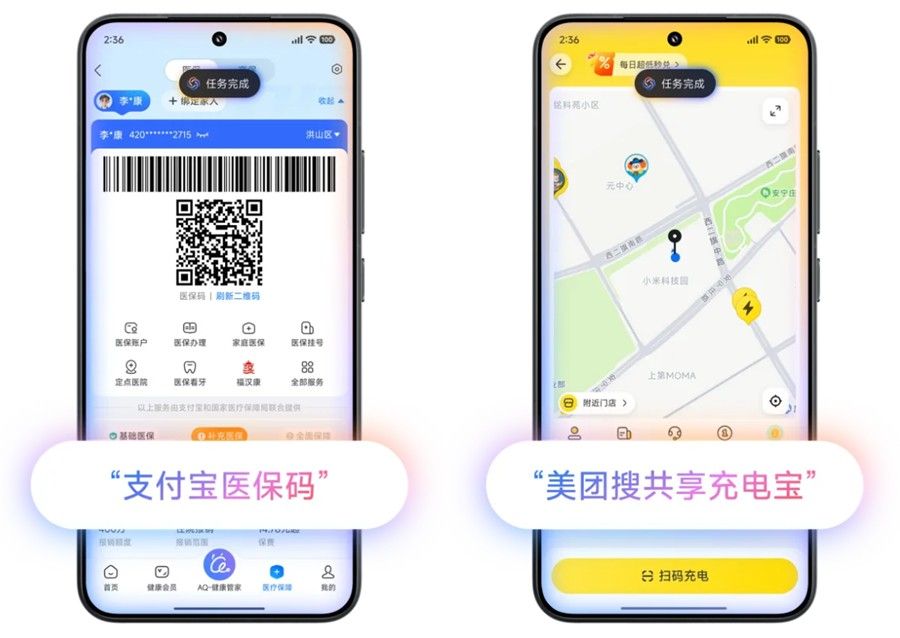
By far the most exciting addition is HyperOS 3's agentic AI integration, which uses LLMs to execute a series of tasks for users. For example, it can order food from restaurants or start navigation to a place you want to visit. Xiaomi claims that its new AI agent-like feature will support over 80 apps by the end of September 2025.
HyperOS 3 will also bring a host of new features to Xiaomi Watches. Supported watches will support streaming real-time workout data on your phone and a similar Smart Boost mode that displays your heart rate on a HyperOS-powered car. Besides, navigation instructions will be synced between the watch and car, alongside syncing music to smart speakers during workouts.
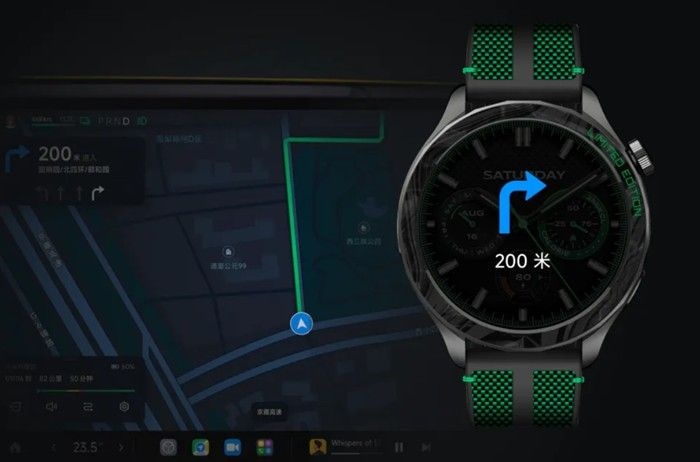
On the tablets front, HyperOS 3 improves latency, split-screen multitasking, and more. It also includes a more comprehensive PC-like browser and features improvements to app layouts on large screens.
HyperOS 3 supported devices and rollout
Xiaomi has confirmed that the HyperOS 3 Beta will be rolling out starting August 29, 2025, to select devices in China. The rollout is China-exclusive for now, but we've penned down a long list of HyperOS 3 devices eligible to receive the update in India and globally.
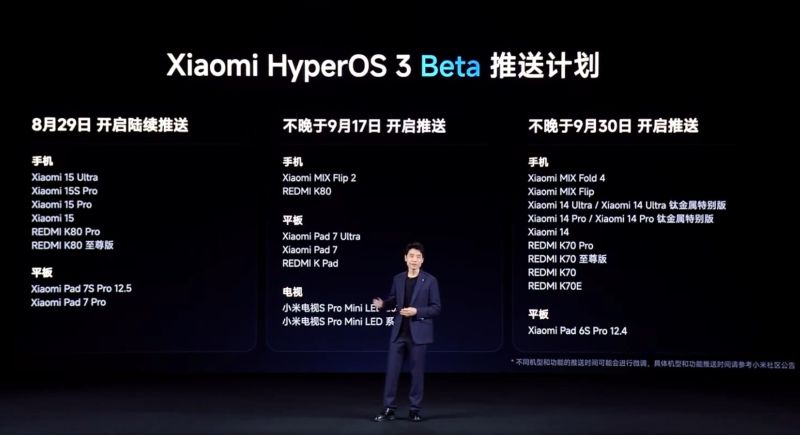
We will be updating the list and rollout schedule when Xiaomi reveals a detailed list of devices that will get the HyperOS 3 stable update. We expect the stable update to arrive by the end of 2025.
The HyperOS 3 Beta rollout will start with the Xiaomi 15 and Redmi K80 series. It will be followed by the Mi Mix Flip 2 on September 17, 2025. The Mi Mix Fold 4, Xiaomi 14 series and Redmi K70 series will get access to Beta on September 30, 2025.
Those are all the new HyperOS 3 features revealed by Xiaomi. This update focuses on optimisations to existing features, especially the lock screen and home screen layout. Xiaomi further claims the latency has been reduced by 21% and games should see an improvement in 1% low frame rates and reduced power consumption.
Overall, it's a pretty exciting update for Xiaomi, Redmi, and Poco fans in India. Stay tuned and bookmark this page to learn more information on the India and global rollout of the HyperOS 3 update.


